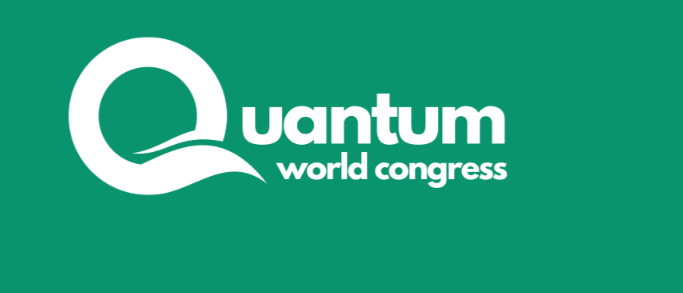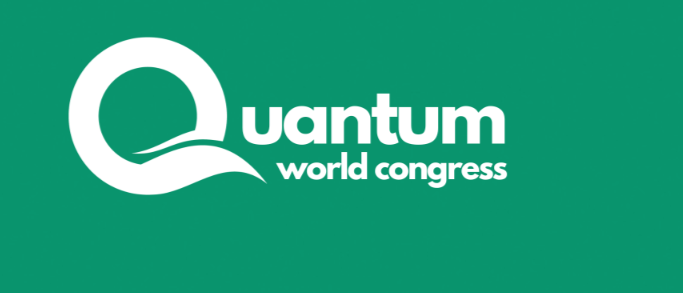Dr. Sethuraman Panchanathan Gives His Vision for Innovation & Opportunity in Quantum World Congress 2024 Keynote

Insider Brief
- Dr. Sethuraman Panchanathan, NSF Director, underlined the importance of expanding quantum technology innovation across all US regions, fostering talent and inclusivity in his keynote at the 2024 Quantum World Congress.
- The NSF has been funding quantum research for nearly seven decades, and its efforts are now driving advancements in quantum computing, sensing, and communication technologies.
- Panchanathan highlighted the role of public-private partnerships and the NSF’s $77M Expand QISC program to grow a diverse, nationwide quantum workforce.
At the 2024 Quantum World Congress, Dr. Sethuraman Panchanathan, Director of the US National Science Foundation (NSF), delivered an inspiring keynote on America’s future in quantum technology. His speech, Innovation Anywhere, Opportunity Everywhere: America’s Quantum Leap, focused on how the U.S. can drive advancements in quantum technologies while making sure the benefits of innovation reach all parts of the country.
“Innovation is not limited to a few geographic locations,” Panchanathan declared, underscoring the importance of creating opportunities for talent and ideas from all regions. He stressed the need for inclusivity in the quantum workforce, a vision that extends far beyond traditional innovation hubs. “How do we democratize talent and ideas while ensuring that opportunity is not left behind?” he asked the audience, inviting them to rethink how innovation should be nurtured.
A driving force behind quantum advancements, the NSF, according to Panchanathan, has invested in quantum research for nearly seven decades.

“These technologies don’t just come about in a decade or a few years,” he reminded the crowd. “These are several decades of sustained investments by entities like the National Science Foundation.” This long-term commitment is now bearing fruit, as the quantum industry is poised to revolutionize computing, sensing, and communication technologies.
Panchanathan also stressed the importance of public-private partnerships in advancing quantum technologies.
“Unless we pre-wire ourselves with that kind of thinking, we will not be able to do justice in terms of innovating at scale,” he said. He cited the success of the NSF’s Quantum Leap Challenge Institutes, a $100 million initiative that spans 89 academic partners, 67 industry partners, and 12 government labs across the nation.
He further illustrated the NSF’s broader vision of innovation, saying: “It all starts and ends with people.” From Nobel laureates to emerging scientists, he shared how NSF’s early investments in researchers have yielded groundbreaking results, including the work of Nobel Prize winners Dr. Alain Aspect and Dr. John F. Clauser. Panchanathan described this as part of a broader strategy to cultivate “idea generators” and “translators” who can turn fundamental research into real-world applications.
Looking to the future, Panchanathan discussed the $77 million Expand QISC program, which aims to grow the quantum workforce across the US, particularly in underrepresented regions.
“We have a responsibility to broaden participation in quantum research and development,” he said, which reinforces the NSF’s commitment to inclusivity and diversity in the quantum field.
Ultimately, Panchanathan’s message was clear: The quantum revolution is here, and the US must lead with innovation that knows no boundaries.
“This is the time to bring all of the assets together,” he concluded. “Public-private partnerships, international partnerships, and partnerships of every kind — this is how we will take the quantum leap forward.” His speech resonated with urgency and optimism, painting a future where America thrives as a global leader in quantum science.
Featured image: Credit: Quantum World Congress
